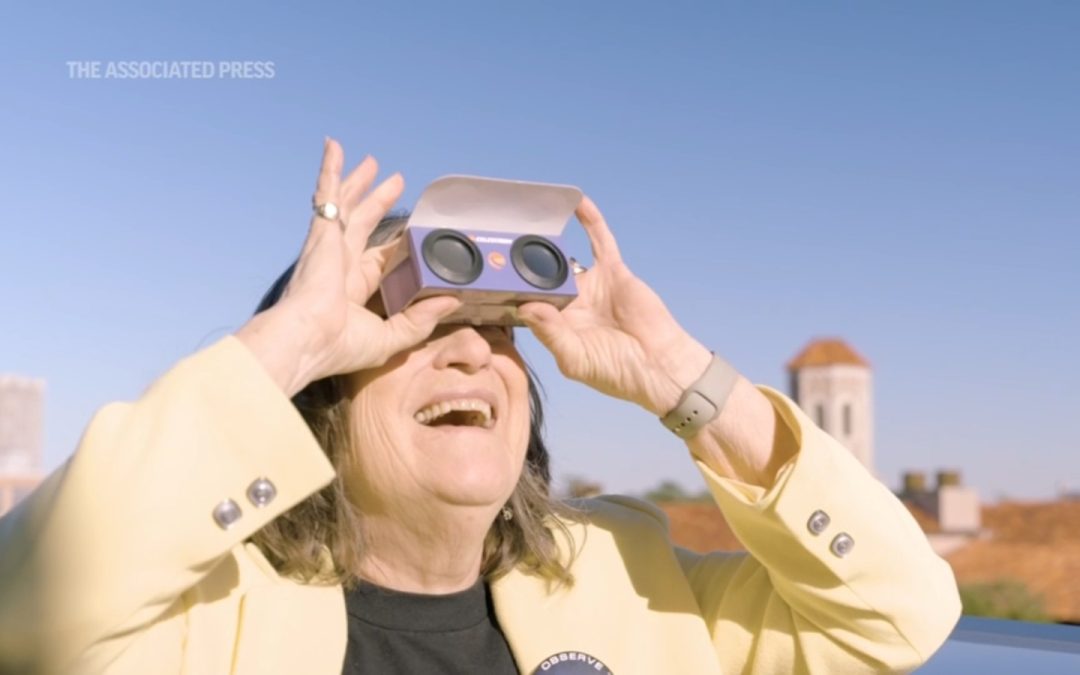The April 8 total solar eclipse is fast approaching, and many people are making plans to witness this incredible event. Whether you live inside the 115-mile-wide path of totality or are traveling to a different location to catch a glimpse of the eclipse, there are a few key things to consider as you prepare for this rare and awe-inspiring experience.
One of the most important factors to consider when choosing a viewing location is the weather. Spring weather can be unpredictable, so it’s essential to choose a spot with a good chance of clear skies. According to retired Canadian meteorologist Jay Anderson, Mexico and Texas offer the best odds of sunny weather on eclipse day. However, other promising spots along the path of totality, particularly along the Great Lakes, may also provide excellent viewing conditions.
If you’re flexible, Anderson recommends paying attention to local weather forecasts about 10 days out and making your plans based on the three-day forecast. Some seasoned eclipse chasers even line up multiple locations and make last-minute decisions based on the best weather forecast.
Preparing for the total solar eclipse can be like preparing for a vacation. It’s essential to pick a location that offers more than just the eclipse itself, in case weather conditions don’t cooperate. One veteran eclipse chaser, Tom Schultz, is traveling from Costa Rica to watch the eclipse in Rochester, New York, where he will also enjoy a family reunion if the weather doesn’t cooperate. Anne Marie Adkins is joining an astronomer-led tour to Mazatlán, Mexico, betting on clear skies but is prepared to be flexible if needed.
In addition to choosing the right location, it’s crucial to plan for post-eclipse traffic, especially in more rural areas. Cities and towns along the path of totality are hosting watch parties and events to attract visitors and celebrate this significant astronomical event. Niagara Falls, Waco, Texas, and various other locations are planning activities and festivities leading up to the eclipse, providing a unique experience for visitors.
The total solar eclipse will not last for three days, despite online speculations. According to NASA, the longest duration of totality will be 4 minutes and 28 seconds near Torreón, Mexico. Most places along the path of totality will experience a totality duration between 3.5 and 4 minutes, and temperatures are expected to drop by approximately 10 degrees Fahrenheit during the eclipse.
Whether you choose to watch the eclipse from a cruise ship, airplane, or on land, the experience of witnessing a total solar eclipse is sure to be unforgettable. Anderson describes it as a “special magical moment” that is well worth the travel to see. So, wherever you choose to watch the eclipse on April 8, be prepared for a once-in-a-lifetime experience that will leave you in awe of the beauty and wonder of our universe.
